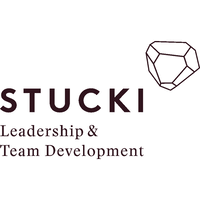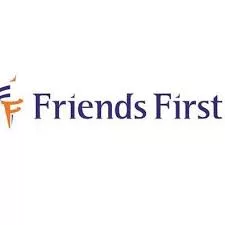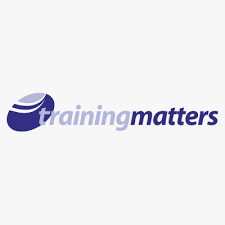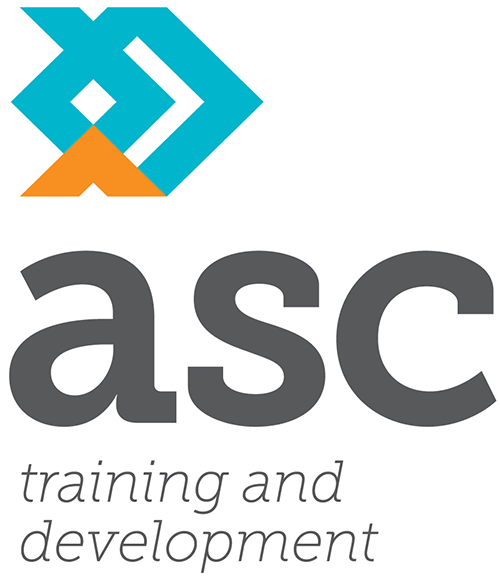When you step into the training room (in-person or virtually) to lead a change management session, you’re not just delivering content — you’re guiding people through one of the most human aspects of organisations: the experience of change.
So the question you should ask is: how should that training be framed to ensure success?
How do you set it up so that participants not only hear ideas but also own them, act on them, and carry the change forward?
Here’s how a well-structured change management skills course material should be framed — and how our course pack delivers on exactly those needs.
1. Frame change as mindset plus method, not just mechanics
Training success begins when participants shift their mindset: they stop thinking “we’re doing change to them” and start owning “we’re part of this change together.”
Strong course material will help you help your learners transition from passive recipients to active contributors.
Our workshop pack, Organizational Change Management Training Course Material for Trainers, does precisely this.
It begins by exploring what change is, why it occurs, and how it manifests across teams and organisations. It doesn’t skip to tools without first building context.
On our product page, we describe it as “helping you lead change with clarity, confidence, and heart.”
By framing change this way, you’re positioning your training for impact—not just awareness. Participants understand the “why” before the “how”.
2. Provide a ready-to-run framework so you can focus on connection
Too often, trainers spend hours building slides, drafting activity sheets, and designing breakout games. What if you could shift that prep time into attendee engagement and connection?
The course material should enable you to arrive in the room (or on Zoom) primed, confident, and prepared.
With our pack, you get:
- A facilitator guide that outlines the step-by-step flow of the workshop.
- A slide deck (71 slides) ready to customise.
- A participant workbook (49 pages) full of reflective questions, exercises, and templates.
- Ice-breakers, training games, action-plan templates, assessments, and reading lists.
All this means your time shifts from content creation to facilitation.
You’ll bring connection, you’ll get energy — and the material brings structure and consistency.
3. Anchor training in real-life change dynamics, not just theory
Training succeeds when learners connect the frameworks with the chaos and complexity of real change: resistance, ambiguity, shifting priorities, tug-of-war between process and people.
So the course should include modules on preparation for change, the reasons change fails, change leadership, communication, and implementation.
This pack covers:
- Why change doesn’t always work the first time.
- How to build a shared vision and break big ideas into actionable steps.
- Stakeholder involvement, communication, and leadership mindset.
By structuring your training this way, you make it meaningful. You bring clarity across the messy journey of change, so your audience is better equipped to lead it.
4. Design for transformation—make training a catalyst, not a one-off event
Real training doesn’t stop when the session ends.
It seeds behaviour change, ongoing commitment, and routine integration of new practices.
The material should include follow-through tools, such as worksheets for action planning, coaching forms, and templates for tracking progress.
Again, our pack delivers: the action plan templates, tests, and reading lists referenced above help ensure that what happens in the workshop isn’t left behind.
Framing your training this way elevates it from “nice session” to “sustained change”.
5. Tailor, brand, and deliver with your voice—so the training belongs to you
Ultimately, the training only takes hold when the material feels authentic.
It should allow you to customise, brand, and make it yours — so you show up as the trusted facilitator, not just someone pressing “play”.
Our training material is fully editable, allowing you to change colours, logos, wording, and examples to reflect your brand and facilitation style.
As you frame your training success, this flexibility ensures you’re not delivering a generic programme — you’re offering your programme, and participants recognise that.
Putting it all together
When you use training material that significantly frames your success, you shift the dynamic: from “trainer covering content” to “facilitator guiding transformation”.
With the proper framing, your prep time shrinks, your delivery rises, participants engage more deeply, and the change you initiate actually sticks.
If you’re ready to lead change confidently, with structure, heart, and momentum, check out our course pack here: Organizational Change Management Training Course Material For Trainers.
Step into your next session feeling grounded, equipped, and ready — not scrambling. Your facilitation will reflect that, and your participants will feel it too.

























































